How to Create an Online Course That Sells Itself
Want to know how to create an online course that sells on autopilot? This guide outlines simple, proven steps to effectively build and market your course.
Want to know how to create an online course that sells on autopilot? This guide outlines simple, proven steps to effectively build and market your course.

With thousands of new courses launched every other week, standing out has become a real challenge.
So, to know how to create an online course that practically sells itself, you need more than good lessons.
Just remember, most creators never break through because they focus only on content, not conversions.
But that’s going to change now.
This guide will walk you through each step, using simple strategies that top course creators already use to generate passive income.
The demand for online education is rapidly increasing, making 2025 the best year to start your journey as a course creator. And with the e-learning market size growing at an exponential rate, it’s a clear indication that it’s just the beginning.
As a teacher, mentor, or expert, selling an online course is a great way to monetize your knowledge and reach a global audience.
LinkedIn's latest report revealed that 90% of organizations provide digital learning to their employees, further solidifying this trend.

Creating an online course can feel overwhelming at first, but it doesn’t have to be.
When you follow a structured, proven process, each step naturally builds upon the next. So, just follow along and by the end, you’ll know how to create an online course you can confidently launch and profit from.
Before you even think about lesson plans or video tools, your course idea must be built around an urgent problem that people actively want to solve.
A common mistake is starting with a topic you’re passionate about, like “digital journaling” or “creative writing habits.”
You need to find the intersection between what you know and what others are urgently seeking answers for.
Instead of saying, “I want to teach creative writing,” reframe it as “What problem do beginner writers face that I can help them solve fast?”
Start where real people hang out. Look at platforms where people openly discuss problems, such as Reddit, Facebook groups, Quora, and YouTube comments. These platforms are gold mines for discovering what people truly want.
On Reddit, find relevant subreddits by using the following search format in Google: site:reddit.com “your topic”. Look for repeat questions, common complaints, and pain points.
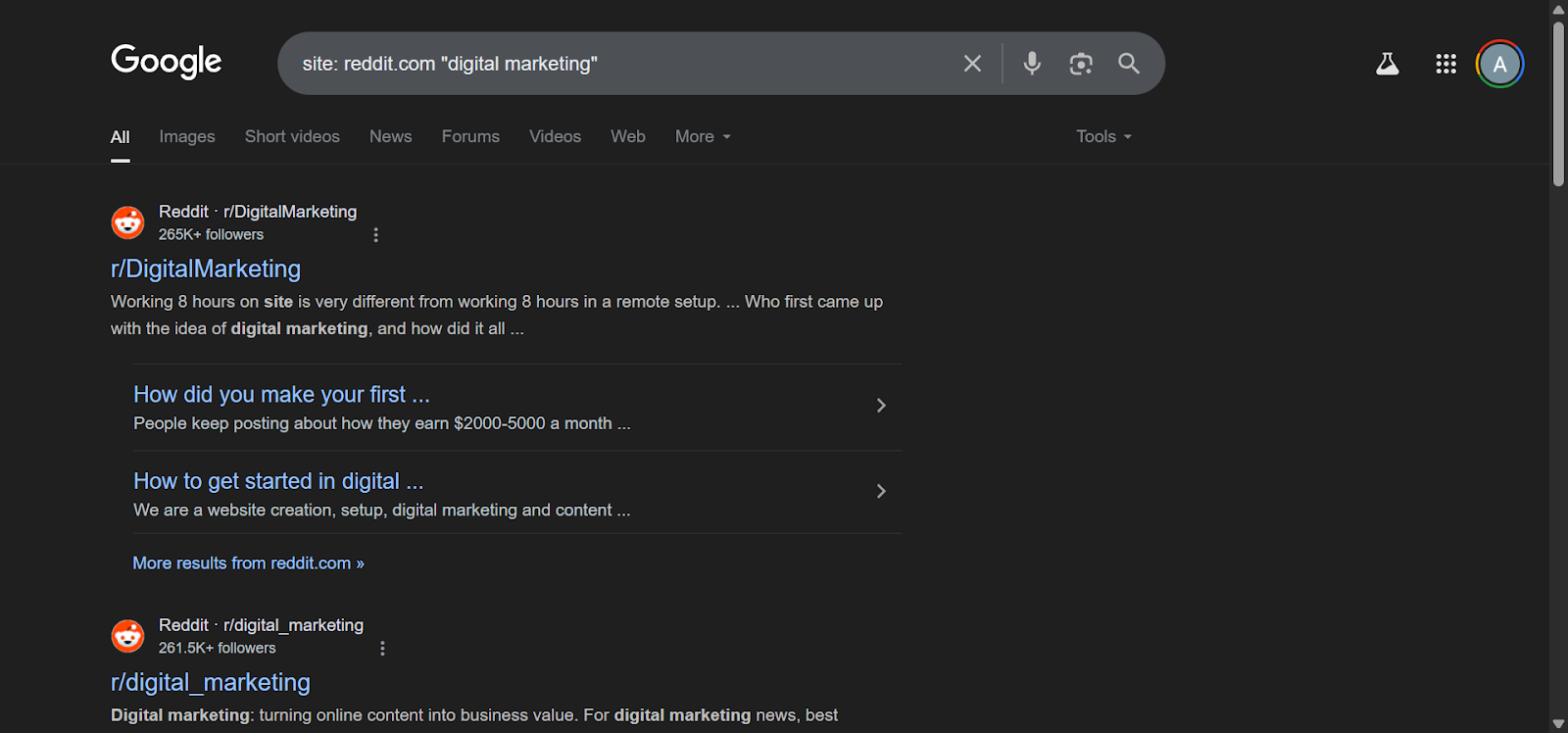
Copy and paste those repeated questions into a document. They’ll serve as raw insights into what your audience is really looking for.
On Facebook, search for niche groups like “Beginner Graphic Designers” or “First-Time Course Creators.” Join a few, then use the search function within the group to uncover frequently discussed challenges.
Another way you can find real problems is by visiting answerthepublic.com and typing in your general idea. It will generate a list of real-world questions people are asking online.
Go to Udemy, Skillshare, and other course-selling platforms to search for your general niche. Learn about the most popular and best-selling courses. Look at enrollment numbers, reviews, course titles, and headlines. These show the products or services individuals are willing to pay for.
Use this format to crystallize your idea:
“I help [who] achieve [what result] without [painful thing].”
Example: “I help beginner freelancers get their first three clients without using Upwork or cold pitching.”
Now, that’s a real problem, with a clear solution.
A strong course topic speaks directly to a need people are actively searching for and are willing to pay to solve.
You must validate the demand with money, not compliments. Friends saying, "That sounds like a good idea!" is not proof.
Validation means real people show real interest, ideally by paying or at least opting in with intent. Here’s how you can do it the right way:
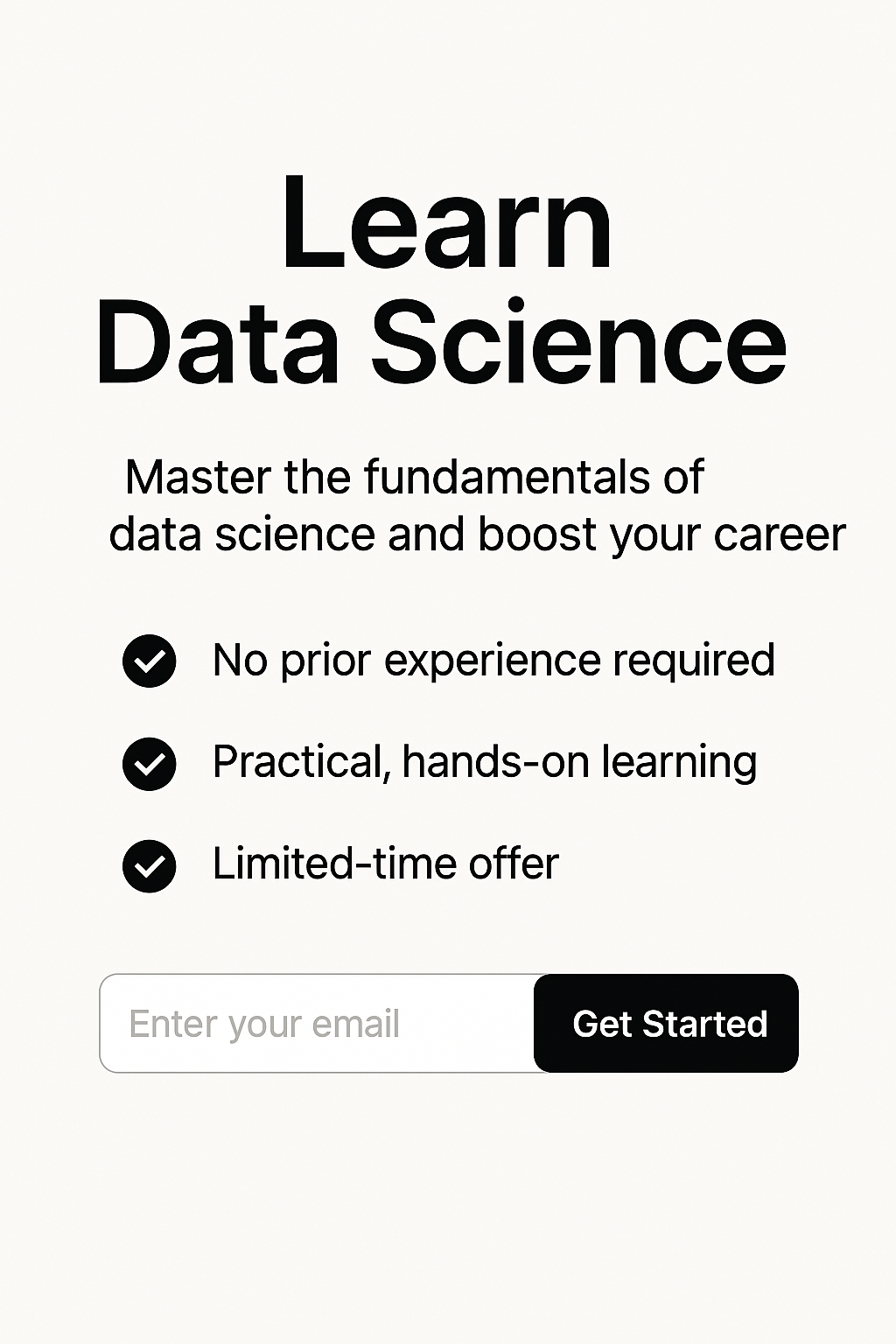
A simple one-page landing site is all you need to get started. Clearly explain what your course offers, who it's for, and why now is the right time to join. That’s enough in the beginning to spark interest and validate demand.
Be sure to include an email capture form so you can collect contact information from interested visitors.
Your landing page should have a focused headline, a subheading that reinforces urgency, bullet points, and eventually an email capture form.
Once your idea is validated, it’s time to start building the basic elements of your course. This means turning your significant transformation into a step-by-step path, a journey your students can follow easily.
Think of your course structure like a map: each module is a stop on the journey, and each lesson is a step toward the destination.
Before creating any modules, ensure you have a crystal-clear understanding of the transformation your course promises. Ask yourself:
What’s the exact result someone should be able to achieve after finishing this course?
This end goal becomes your guiding star for everything you create.
Write it out like: “By the end of this course, you will be able to [achieve a specific goal].”
Ask yourself: What are the big steps someone needs to go through to reach that result?
Each of these becomes a module, a larger section in your course.
Let’s say your course goal is: “Launch your first Etsy shop.” In this case, your modules might look like this:
Once you’ve got your modules, break each one down into short, clear lessons that students go through the how-to process.
Each lesson should focus on a single, specific idea. For instance, here’s how you might break down “Module 2: Setting Up Your Etsy Store”.
Keep lessons short (5–10 minutes is ideal). Bite-sized lessons feel easier to complete and reduce drop-off. Research shows that videos under 6 minutes have an engagement rate of nearly 100%. The engagement drops to 50% if the videos are 9 to 12 minutes long. It proves that short videos are the best for higher training engagement.
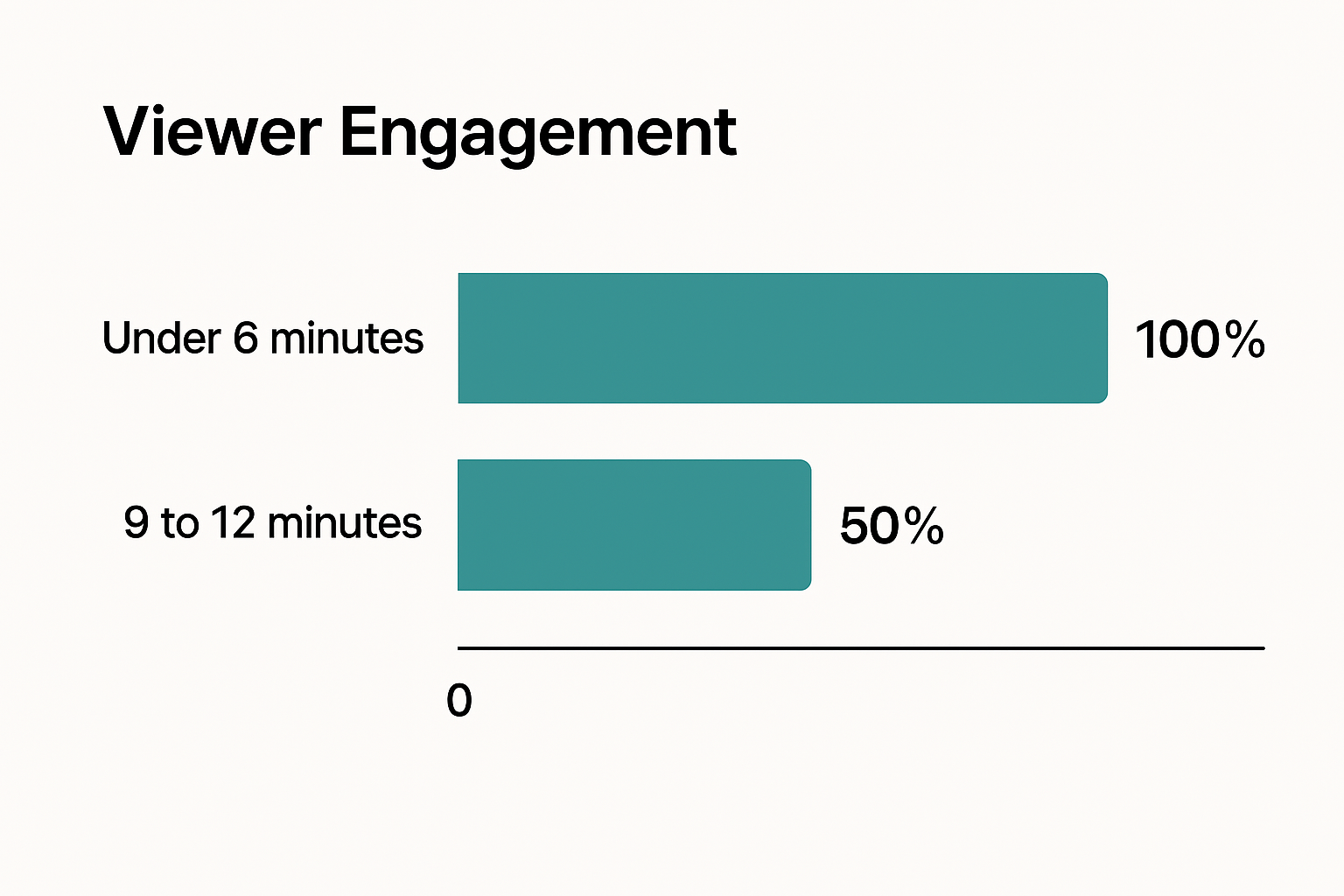
To avoid being just “another video course,” include actions students must take after each module.
Here are some of the examples:
This helps learners apply what they're learning immediately.
Once you’ve got your outline on paper or Google Docs, go to the Coursebox website. It’s the best AI-powered platform you can use to design your course.
You can create modules and lessons using a simple drag-and-drop editor. Their AI assistant can even suggest lesson titles or fill in the parts you missed.
Best of all, Coursebox’s AI Course Outline Generator can automatically create a complete lesson structure based on your course goal, saving you hours of manual planning.
After mapping out your modules and lessons, it’s time to prepare the actual content of each lesson. It’s better to write a simple, structured outline for each video and keep your teaching natural without rambling.
Here’s how you can do it:
Open a Google Doc or use Coursebox’s lesson editor. For each lesson, fill in these sections:
If you’re stuck outlining your lessons, Coursebox makes this incredibly easy with its built-in AI lesson planner.
Enter your module title or course goals, and it will suggest lesson topics, recommend supporting resources, and help rephrase content. It’s like having a virtual co-instructor, which is especially helpful if you’re not confident about writing content from scratch.
Even better, Coursebox now includes an AI Image Generator. Adding visuals to your lessons can increase information retention by up to 65%, as studies show that visual content significantly boosts engagement, especially for workplace learners.

Nothing validates your idea better than actual money in the bank.
To test this, offer a limited early-bird price, for example, $27 or $49 for a course that will eventually sell for $99.
Inform visitors that it’s a “Beta Group” launch, and they’ll gain early access with an exclusive discount to the course. Their review will help shape the content in the future.
Even if 3 to 5 people buy, you’ve validated your idea.
Example message to share:
“I'm building a short course for beginners who want to land freelance clients without cold outreach. The first 10 students can pre-enroll at $29 and shape the content as we go. DM me or sign up here.”
For some people, this step can feel intimidating, especially if you're not used to being on camera. But the good news is: you don’t need fancy gear or studio-level editing. In fact, many successful courses are built with nothing more than a laptop, a good mic, and natural light.
There are three main types of lesson formats. Pick the one that best fits your topic and comfort level. These include:
Don’t try to film a 60-minute session in one take. Break your lessons down into short, focused segments, ideally 5–10 minutes each. If you make a mistake, simply pause, take a breath, and rephrase the sentence.
Additionally, turn off the fans or noisy devices and record when no one’s around to keep the audio clean and crisp. It’s best to use a USB mic to get the best quality audio.
If you’re camera-shy and can’t record video, head to the Coursebox AI Training Video Generator and upload your course outline.
Within the next few minutes, you'll have a professional-looking video that you can use for your online course.
Choose the best online coaching platform to host and sell your course. A good course platform should make it easy for students to access your lessons, track their progress, and complete the course without confusion.
We strongly recommend using Coursebox LMS. However, you can also use platforms like Udemy and Coursera, depending on your preferences. Just sign up for that particular platform, complete their prerequisites, and you’re good to go.
Pricing can feel tricky, but the goal is simple: choose a price that matches the value your course delivers and feels fair to your audience.
You can start with a one-time price between $29 and $149, depending on the depth of your course and the value it provides. For most beginner-friendly or first-time courses, a price range of $49–$99 is a safe and practical option.
Don't lower your prices too much. Instead, add bonuses like templates or Q&A calls to increase course value.
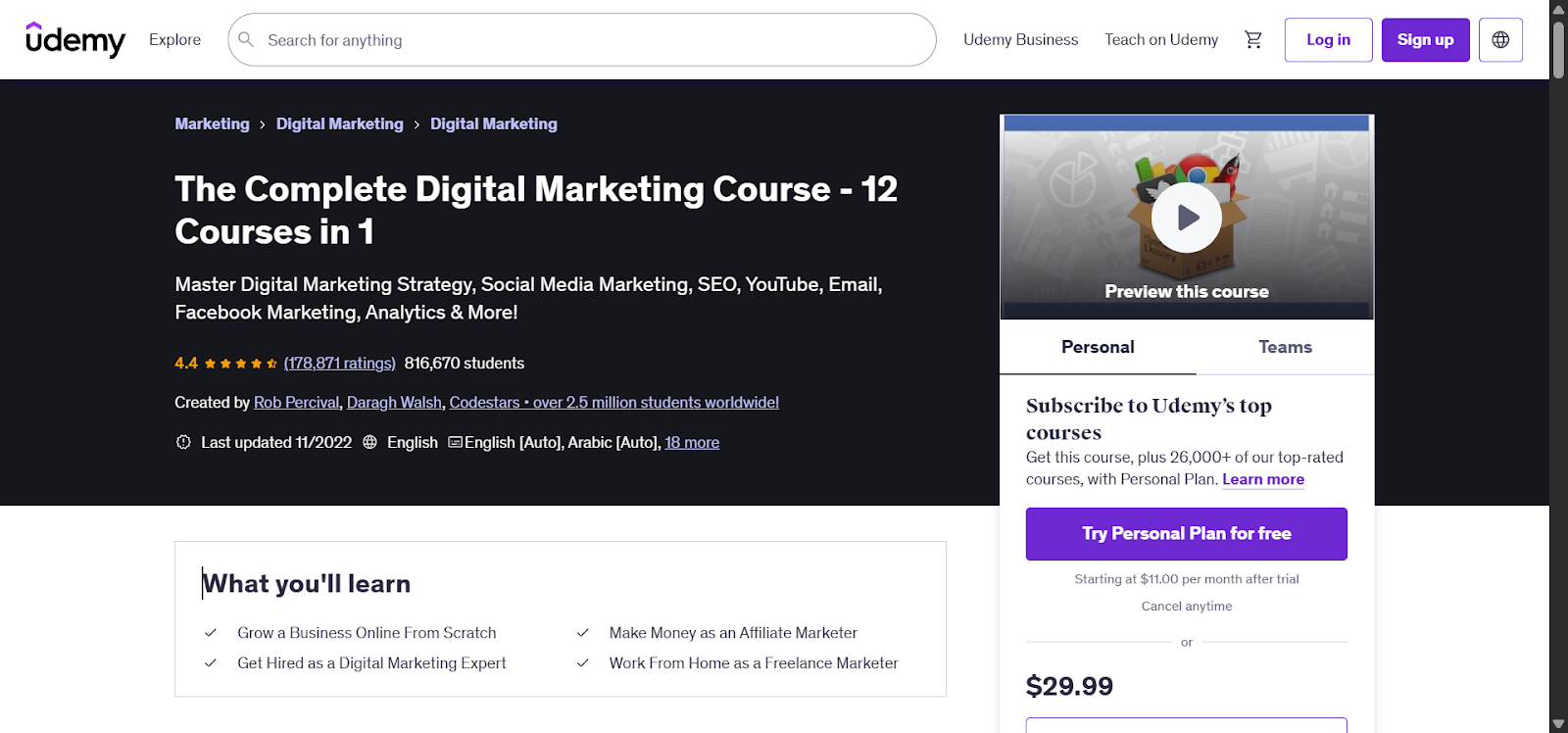
A good launch helps you get your first batch of paying students, builds momentum, and sets the tone for future growth. The best part is that you don’t need a massive audience to get results. Let’s walk through how you can promote and improve your course after going live.
You don’t get ads in the beginning. It’s because most new course creators get their first sales from free organic channels by offering value and inviting people to join.
According to Jungle Scout’s Amazon seller report, many small sellers (even ebooks and courses) rely on organic traffic and word-of-mouth to get early sales.
Therefore, make sure you're showing up in the right places:
It’s always a good idea to promote online courses on social media for beginners.
The best way to create a 5-star course?
Listen closely to your first 10 students. Don’t assume, ask them what’s working and what’s missing. Correct all mistakes, including missing resources, excessively long videos, or unclear instructions.
Even a small DM that says “This helped me land my first client!” can fuel your entire marketing strategy.
Social proof is your most powerful sales tool.
The best way to share screenshots is by taking permission for the user first. Then, blur any personal details like names or profile pics unless they’ve explicitly allowed them.
Moreover, use screenshots that show specific results, like landing a job, getting paid, or hitting a goal. Strategically, try to share wins at every stage of your funnel, such as emails, landing pages, and social media. It creates a consistent story of real results.
Testimonials are shown to increase conversions on sales pages by as much as 34%, as per Wyzowl’s testimonial marketing report.
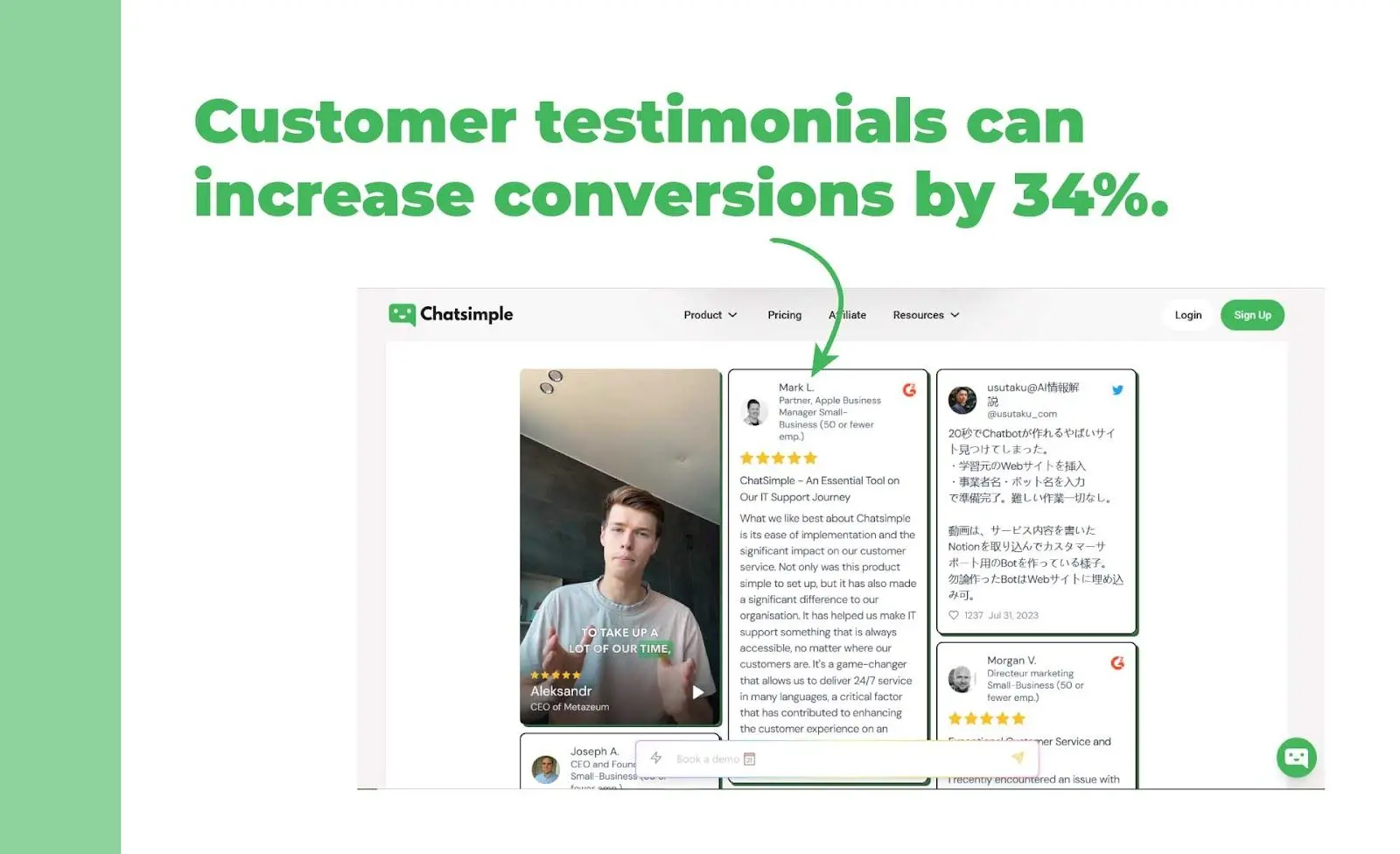
Learning how to create an online course is only half the battle. Building it, launching it, and making it successful is where most creators get stuck. Between outlining lessons, recording videos, setting up platforms, and figuring out payments, many great courses never see the light of day.
That’s exactly why we built Coursebox.
It is your all-in-one course creation tool powered by AI which helps you structure your content, record lessons, organize modules, and start selling.
Whether you're launching your first course or building a full digital academy, we give you everything you need in one simple platform.
Start creating faster, easier, and smarter with Coursebox today.
Your course doesn’t need to be long to be valuable. In fact, shorter, focused courses tend to perform better. A good rule is 1 to 5 hours of total content, broken into bite-sized lessons. Always focus on outcomes. If students get results quickly, they’ll stay engaged and recommend it.
Yes, many successful creators never appear on camera. You can record slide presentations with voice-overs, do screen shares, or even use AI avatars. What matters most is clarity and value. As long as your lessons are clear, helpful, and easy to follow, your audience won’t mind how they’re delivered.
While no platform is 100% piracy-proof, you can reduce the risk by using a secure LMS like Coursebox and avoiding sending raw video files. You can also watermark bonus resources, restrict downloads, and include legal terms that protect your content.
Certificates can enhance perceived value, particularly for career-oriented or skill-building courses. If students want to show proof of completion on LinkedIn or resumes, it's a great bonus.
Refunds are part of selling online. Set a clear refund policy, like 7 or 14 days, and state it upfront.
